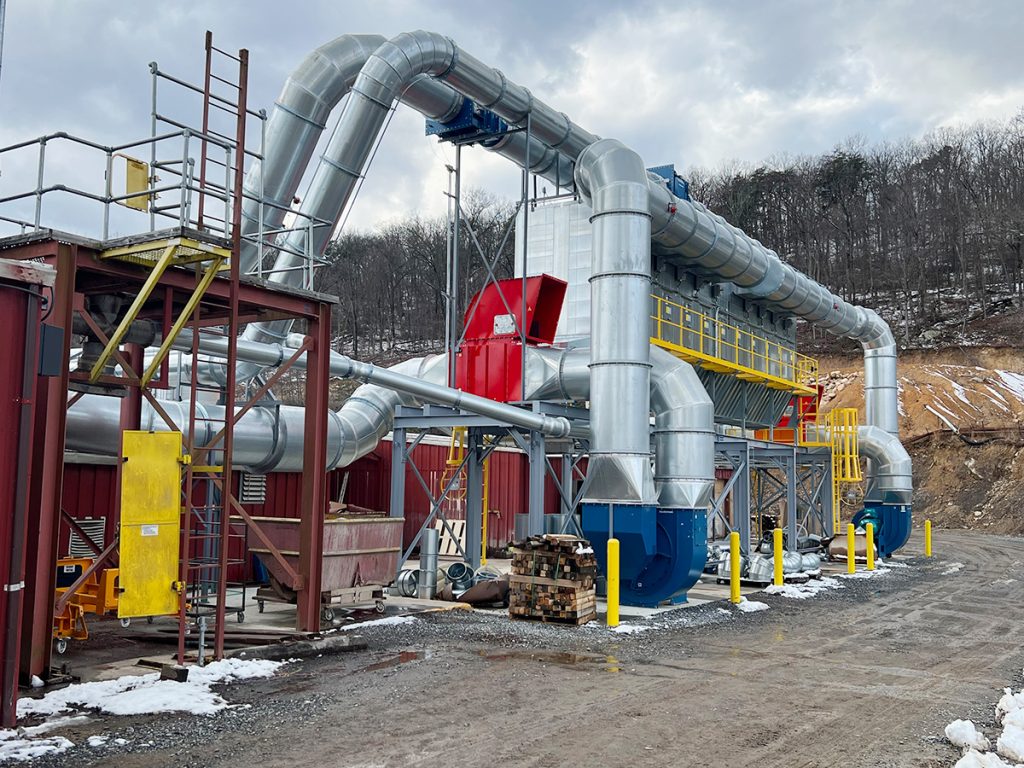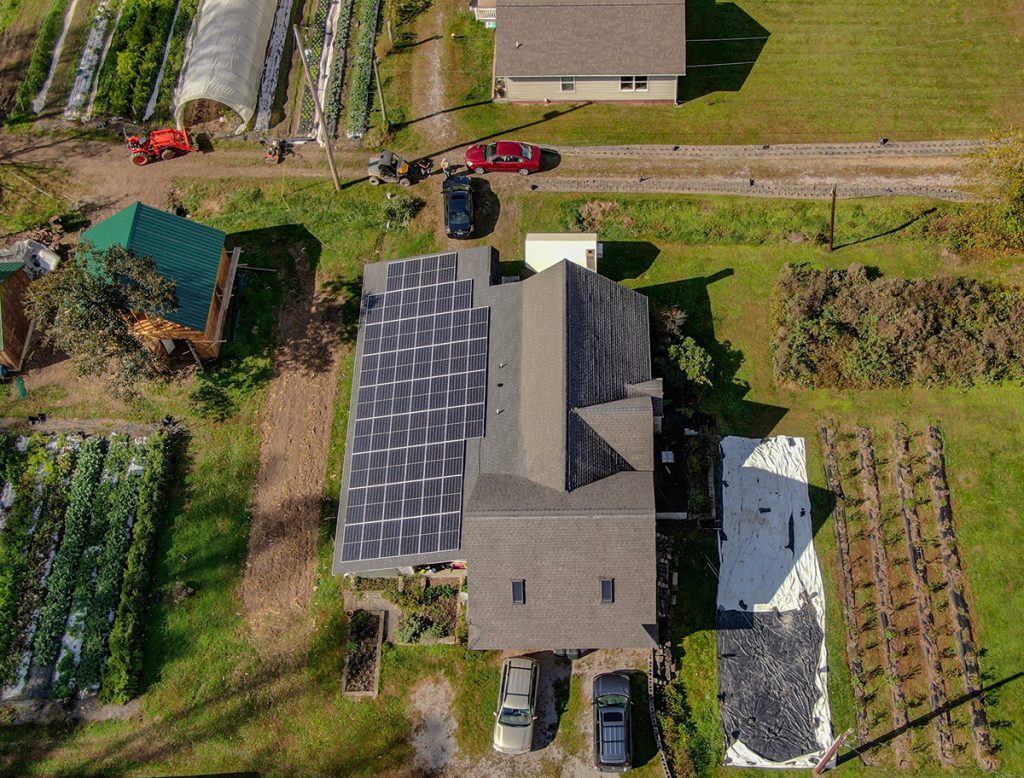Real Stories of the Rural Energy for America Program
By Taylor Pate
The Rural Energy for America Program offers grants and loan guarantees to agricultural producers and small businesses in rural areas to foster energy efficiency and renewable energy growth.
Through REAP, grants can finance up to 50% of total eligible project costs, while loan guarantees can cover up to 75% of these costs. Combined grant and loan guarantee funding can cover up to 75% of total eligible project costs. Additionally, REAP loans approved in fiscal year 2024 will receive an 80% loan guarantee.
Since its inception, the program, led by the United States Department of Agriculture, has distributed billions of dollars in grant funding. Between 2018 and 2022, REAP allocated over $700 million across Kentucky, North Carolina, Tennessee and Virginia alone.
Well-known for its backing of solar initiatives, REAP can fund a diverse range of projects beyond solar panels. This encompasses wind turbines, biomass facilities, and the installation and construction of various energy-efficient upgrades. From high-efficiency HVAC systems to insulation, lighting or cooling, the REAP grant can be used for a broad spectrum of energy efficiency improvements.
Dive into these stories of Appalachian entrepreneurs and farmers leveraging REAP to build a greener future for their communities.
Crafting Change: Gat Creek’s Path to Sustainable Furniture Manufacturing
Twenty-eight years ago, Gat Caperton purchased an old factory in Berkeley Springs, West Virginia, and transformed it into Gat Creek, a family-owned furniture manufacturer known for its handcrafted solid wood furniture. Gat Creek is now one of the largest private employers in the area with 165 employees.
In 2023, Gat Creek, also known as Caperton Furniture Works, received a $362,630 grant from the U.S. Department of Agriculture’s Rural Energy for America Program. This funding allowed them to upgrade their 50-year-old dust collection system.
“The grant program is a wildly valuable program and truly essential to development in Appalachia in par- ticular,” Gat Caperton says. “I find it a wildly valuable and widely effective thing. I truly appreciate it and I would recommend anyone to go after it.”
The project took about eight months to complete, as the crew gradually replaced the old system with the new one. As a result, Gat Creek is saving $11,900 in energy costs annually and reducing their electricity consumption by 106,971 kilowatt-hours per year. The new dust system is compatible with their biomass boiler, a previous project also made possible by a REAP grant. The new dust system enables the company to recycle sawdust in their biomass boiler and generate power from their own waste.
The REAP grant now covers 50% of project costs, making it a significant source of project funding for companies like Gat Creek. Through initiatives like the REAP grant, they have enhanced their operations, reduced energy costs and promoted environmental responsibility.
“The best way to create economic change in an area is to bring capital to the area, and it has been critical for us in many cases,” Caperton says. “It’s worth the paperwork, and it’s a program I truly appreciate.”
Solar Comes to SouthDown Farm
SouthDown Farm of Ermine, Kentucky, received a $7,688 grant from the Rural Energy for America Program in 2020, enabling the family-owned farm to install a 20-kilowatt solar array. The installation reduced the farm’s electricity expenses from $350 to $21.50 monthly.
Grant writing assistance from the Mountain Association, a nonprofit organization that works to advance the economy of Eastern Kentucky, helped farm owners Seth and Sheryl Long secure REAP funding for the project.
Spanning 55 acres, SouthDown Farm practices organic farming and hosts an annual Maple Day to educate the community on land stewardship. But Seth Long’s journey with solar energy did not start here. He was inspired to apply for REAP after his experience with HOMES, a Kentucky nonprofit that provides affordable housing to low-income families, where Long serves as the executive director. Initially skeptical, he recognized solar’s potential amid economic challenges. Witnessing its success, Long went on to support solar education and expanded HOMES’ services to include solar installation.
Reflecting on the success of solar energy on his farm and within his community, Long emphasized the importance of embracing renewable energy solutions, particularly for small businesses.
“This is a way you can reduce your operating costs for the next 25 years,” Long says.
Shepherd’s Whey Creamery
Shepherd’s Whey Creamery, a Martinsburg, West Virginia-based farm, dairy facility received a $19,990 grant from the Rural Energy for America Program in 2022.
Backed by this grant, the creamery constructed an energy-efficient cold storage facility, nicknamed the “cheese cave” by owner Suzanne Behrmann. This sustainability project slashes energy consumption by 50%, saving the company $1,605 annually. Maintaining a stable 50°F temperature beneath the creamery’s grounds, the cave eliminates the need for energy-intensive cooling systems by leveraging natural insulation to facilitate the gradual maturation of the creamery’s cheeses.
“One of my passions,” Behrmann says, “is helping communities who have been distanced reconnect with agriculture.” From cheese-making courses to bottle-feeding goats, Shepherd’s Whey provides people the opportunity to get closer to their food and fosters a sense of togetherness. The creamery has thrived for 13 years, specializing in minimally processed goat milk products.
Correction May 28, 2024
This article has been updated to include increases in grants and loan guarantees through the REAP program.
Related Articles
Latest News
More Stories

Leave a comment
Your email address will not be published. Required fields are marked *







Leave a Comment